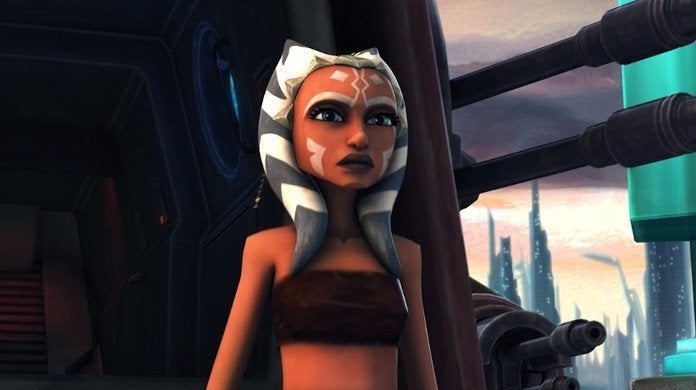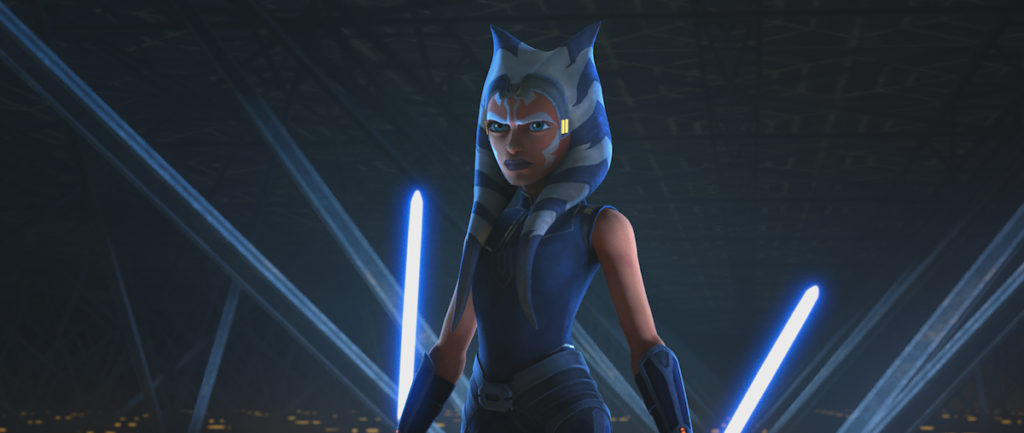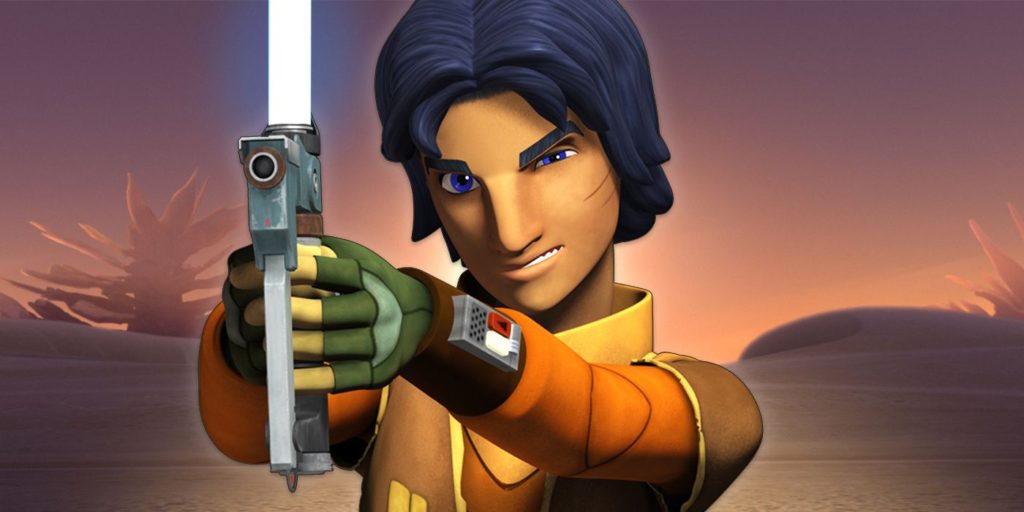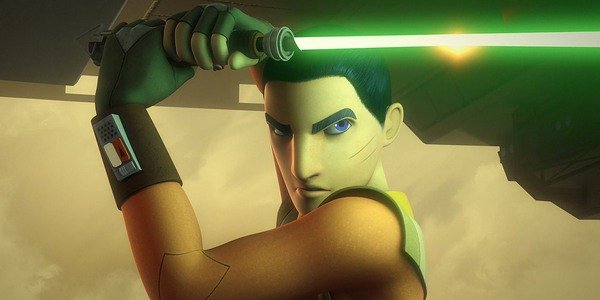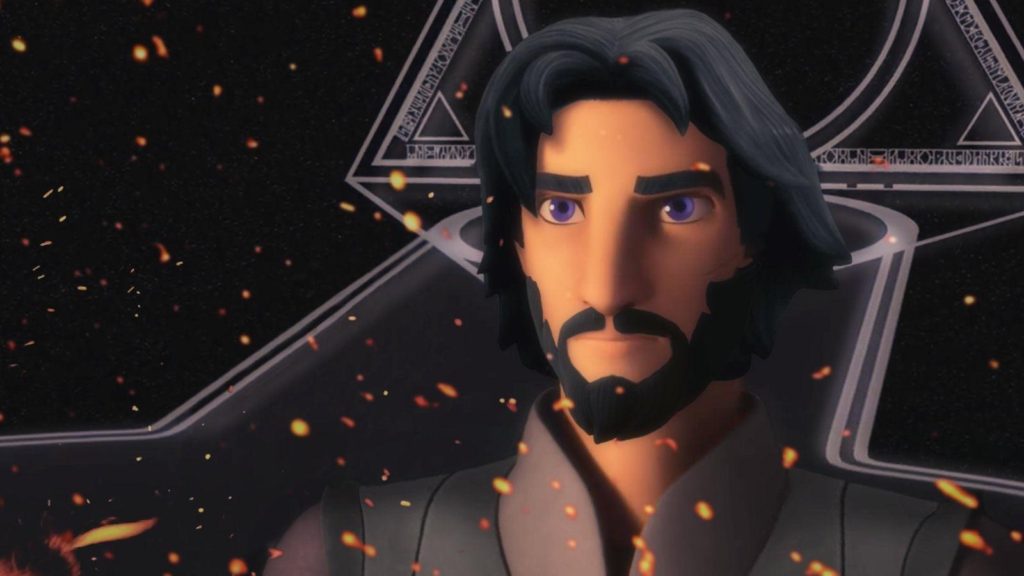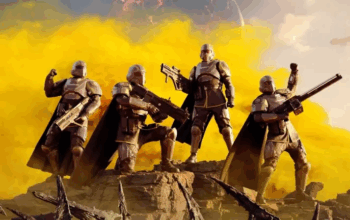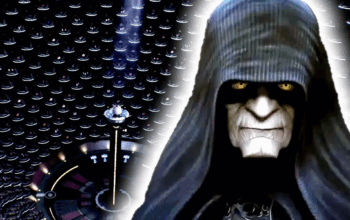A Cautious New Hope for Star Wars Animation
With the first season of Star Wars’ latest animated project The Bad Batch wrapped up, it is time for our hot take. Despite the potential presented by the setting, characters, and ideas in-play, this season is a an overall padded experience and needs improvement.
Positives

Dee Bradley Baker‘s talent as a voice actor cannot be understated. Despite all them being clones, with at times similar voices you can tell that they are different characters, particularly between characters like Wrecker, Tech, and especially Crosshair. Even when voicing the “regs” (regular clone troopers) like Rex and Gregor, Baker was able to make each clone sound unique in their own way, as he’s has done for over decade now in both The Clone Wars and Rebels.
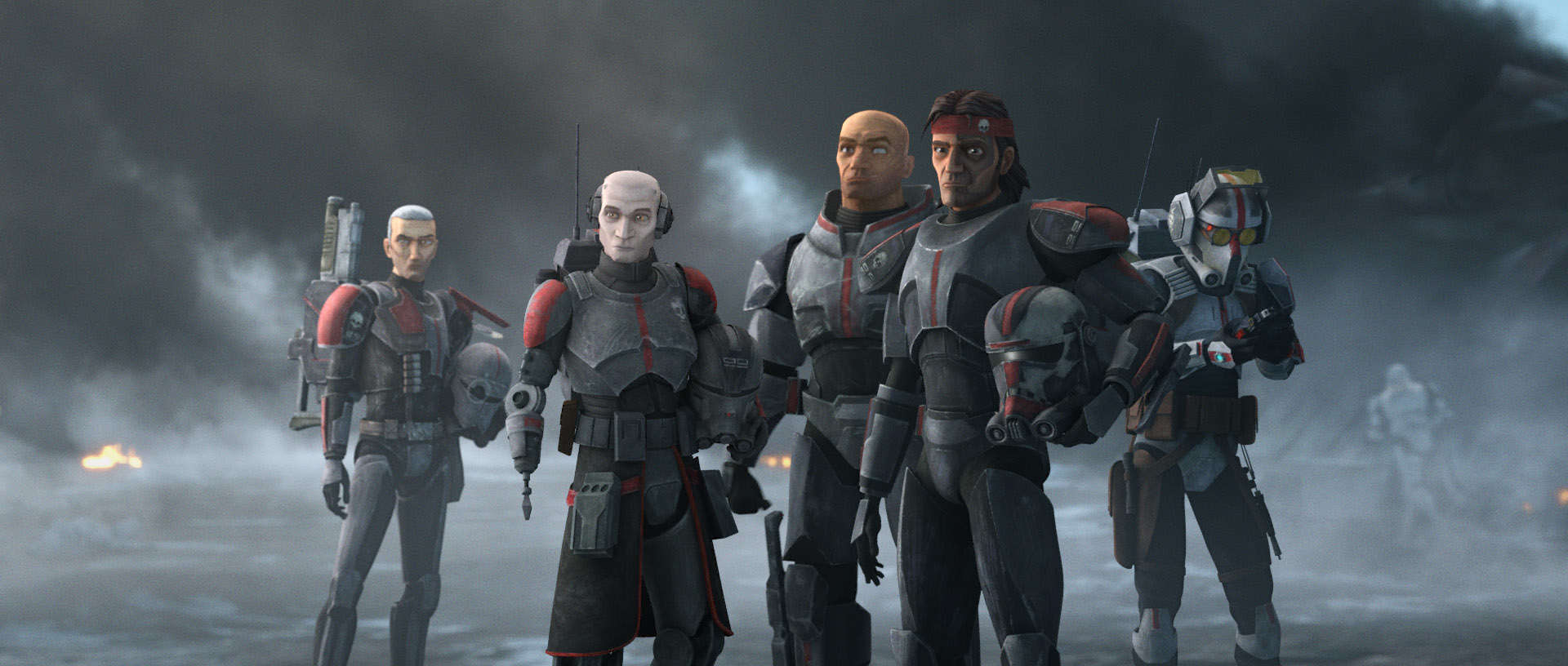
Featuring: Dee Bradley Baker
Supporting Cast: Dee Bradley Baker
Speaking of antagonists, while Imperial officers like Tarkin and Admiral Rampart mostly do as Imperials do, the real antagonist is Crosshair. Even back in the clone wars TV series, Crosshair has always had a superiority complex with regular clone troupers. Even if against other special forces clones like the Arc Troopers and Clone Comandos, Crosshair views himself (and the squad) as a genetically superior – a mutant seal team six, if you will. His archetypal marksmanship may be a gimmick like the others’ mutated traits, but it’s his independent-thinking personality that truly makes his character. This makes him a perfect foil when he defects to the empire.

At first the show suggests that he, like “the regs”, was influenced under control of the inhibitor chip. But in the end Crosshair reveals that his chip was removed for a long time possibly the entire season. The fact that crosshair was doing all of this out his own free will is disturbing, but given what his personality was his it makes sense.
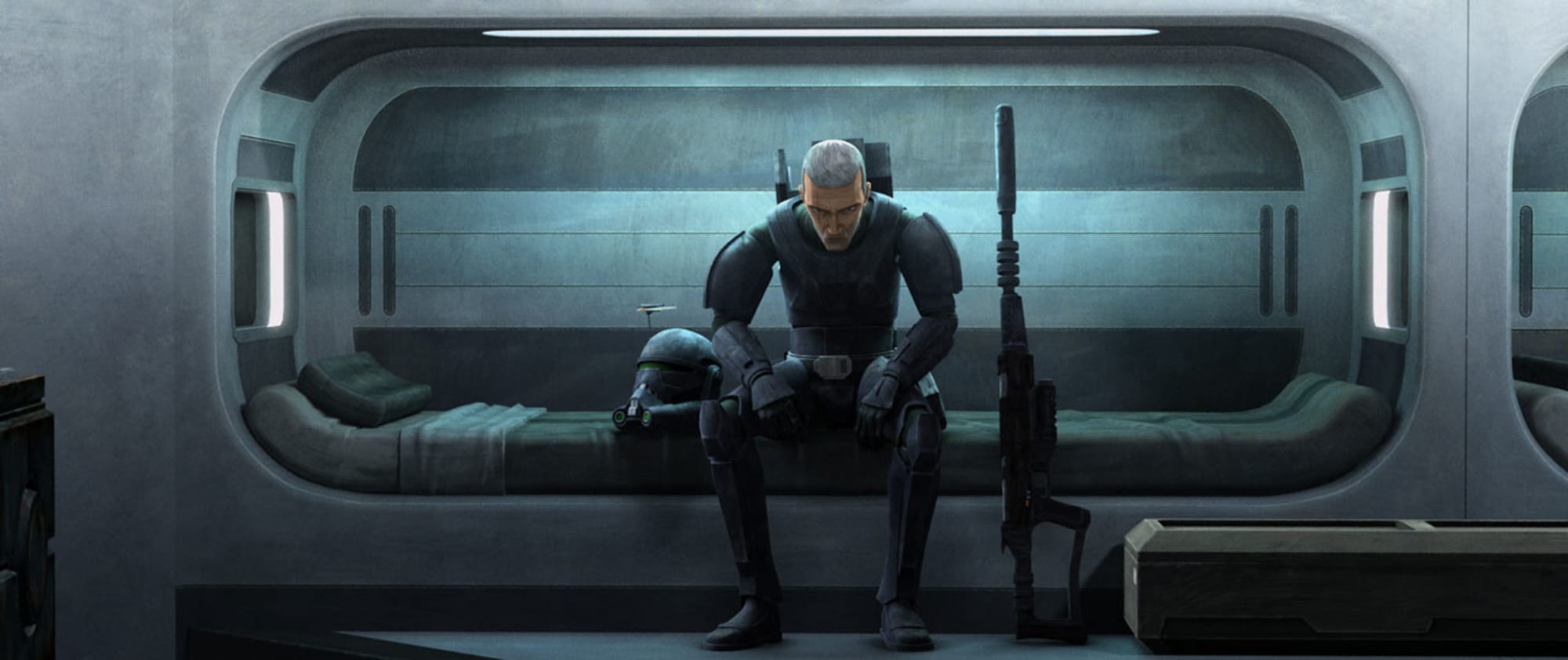
“I chose this”
– Crosshair
The Hype for this series (for me, at least) was that this show could finally address onscreen what ultimately happened to the clone troopers post-order 66. This is a time that has not been explored deeply in the current canon. We’ve seen the empire during its prime, as that’s already been covered in other films. What is not covered often is the early years when the fledgling empire takes shape. For example, one every day change is all citizens are required to carry special ID or chain codes when traveling off worlds. Like many totalitarian systems the empire is keeping records of all its citizens should the there be any descent. We also see some systems welcome the new empire believing that the new order would stabilize their worlds.
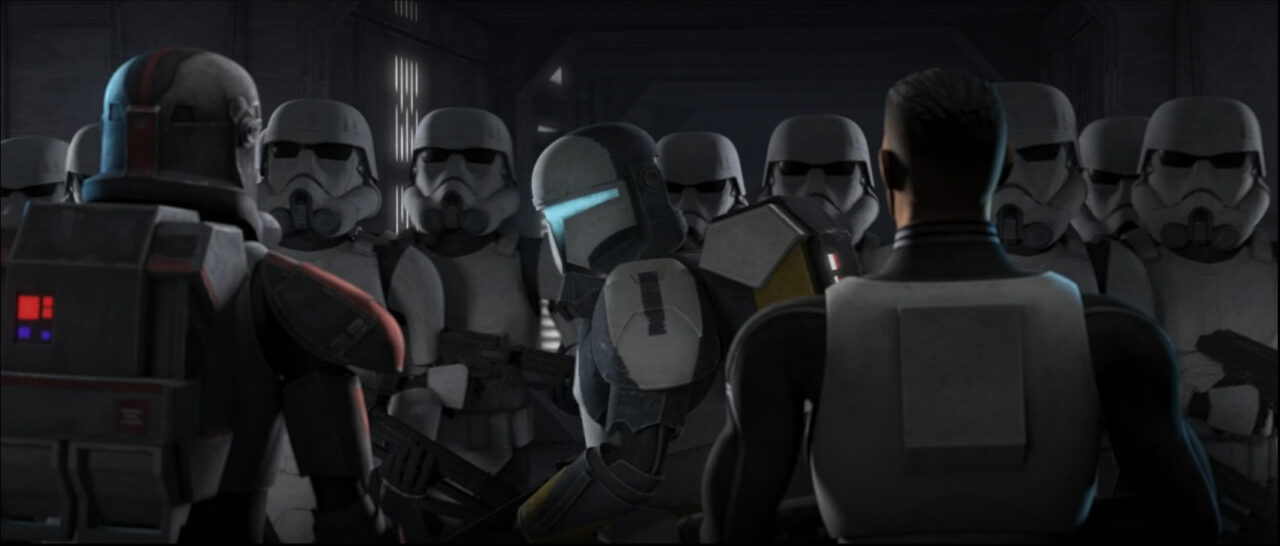
We don’t see wings of TIE fighters or Star Destroyers – instead we still see Republic-era hardware like V-wings and Venator Cruisers with their paintjobs removed. Their Jedi leaders have been replaced by new officers who are promoted based on loyalty and connections rather than skill.

Clone troopers were still very much the main soldiers, however the after effects of order 66 and the financial cost has taken a tole on the former Grand Army of the Republic. This was an army of millions of personnel, soldiers, mechanics, pilots, NCOs, and special forces all of them grown in a lab and trained by Mandalorian mercenaries. Being conceived as programed beings inhabiting developed human bonds and personalities, becoming one of the greatest armies in this galaxy
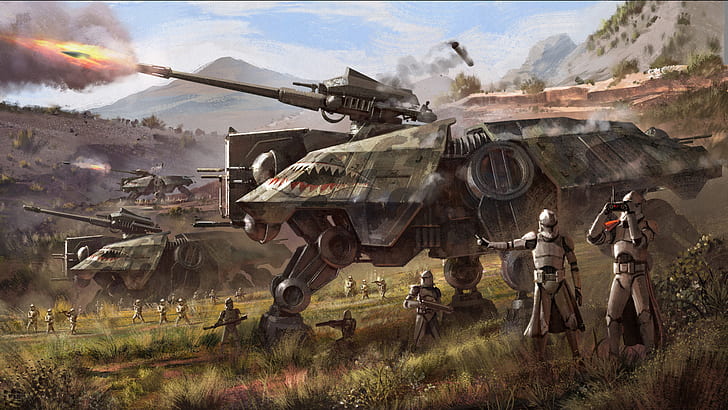
…and yet this 13-year-old war machine has no further use for the fledgling empire simply due to economics.
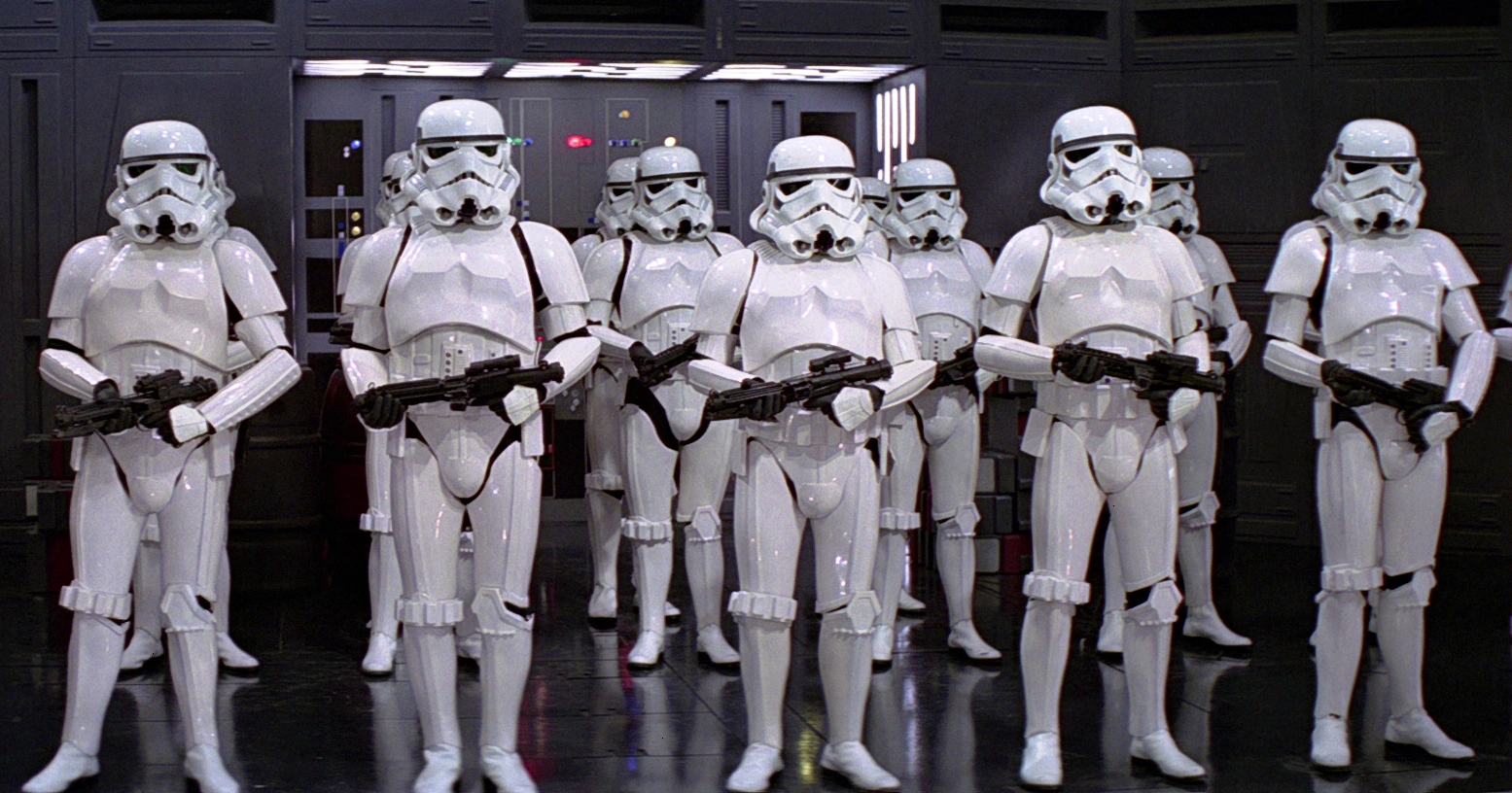
We’ve seen veteran Commanders like Howitzer question the ethics of the empire occupying worlds. Years of fighting droids has taught these soldiers nothing about policing worlds. So it makes sense that the empire would eventually phase out the clones. However the over reliance of loyalty and number rather then skill and training would come back to haunt the empire for years to come.
The animation is top notch, even on the lesser episodes, everything from the lighting the shadows to the environment looks alive. This is especially the case in the Finale, while it was essentially an escape episode you feel the danger because the water looks very real, very cinematic quality. A far cry from the animation show from the more recent animation projects Rebels and Resistance.
Negatives
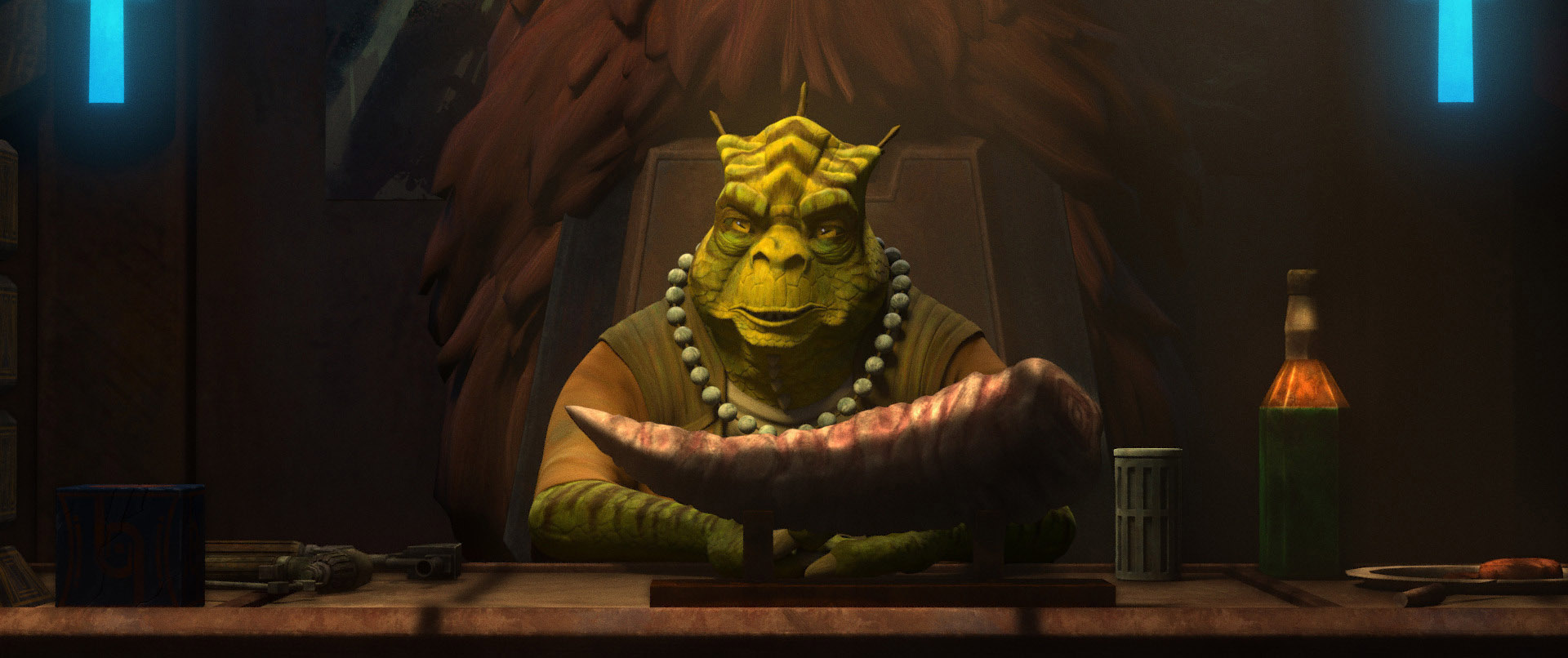
One of the shows major downsides to the bad batch is that there is too much filler. To be fair, at 16 episodes there is more room for such episodes to occur. Filler in of itself is not bad but it has to be ether entertaining or give insight to the characters. Unfortunately the ones shown in this season do nether. from saving Jabba’s pet rancor to saving Sid’s guild from the Pikes, nothing new is being added. When you have to wait a whole week for a half hour of nothing of substance it tends to damage your view of the series.
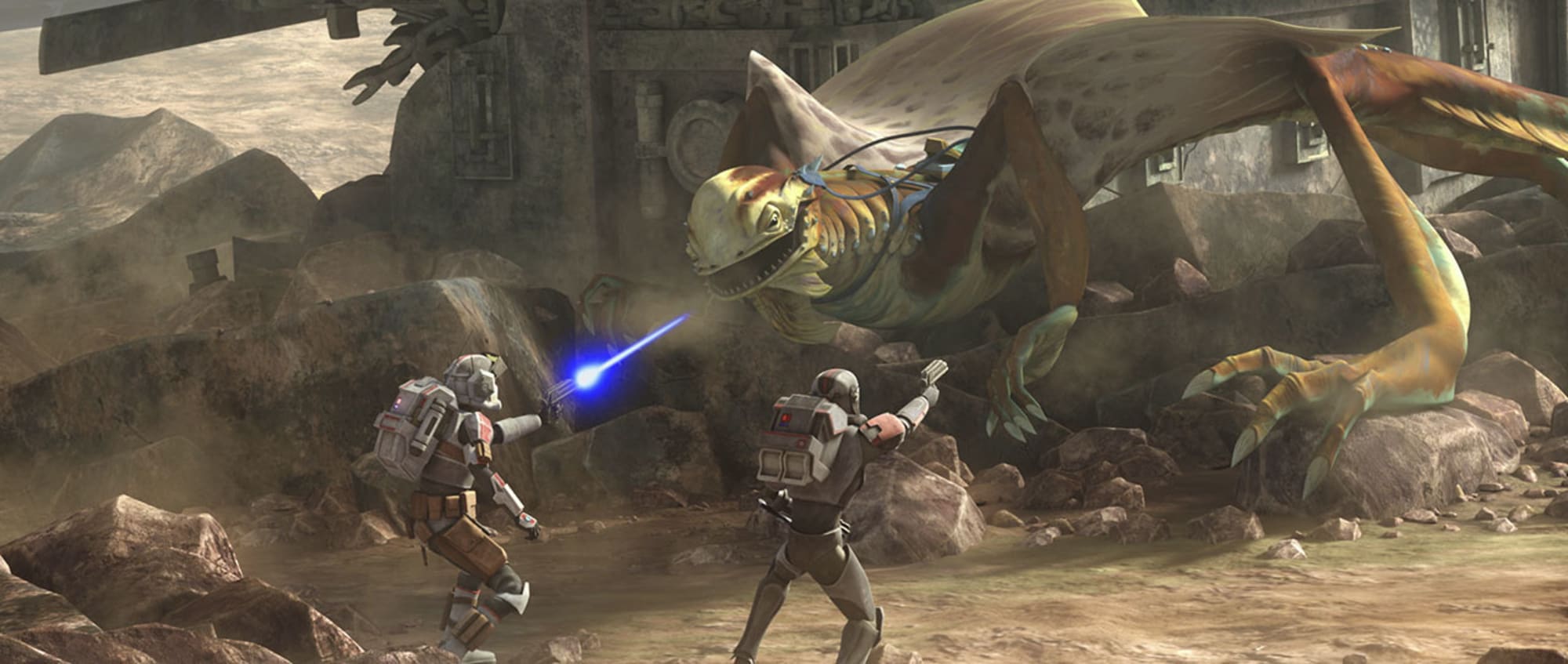
However despite the batch themselves having clear personalities, the character that needs the most work is the newest member of the crew, Omega. Conceptually the Idea of a Female clone is a fascinating one. The main problem with Omega is because every animated show feels the needs to add in kids that always try to help the heroes.
Omega
The common idea is that they need kids for the younger audience to “relate to”. While Omega is not as bad as Ezra Bridger or Ahsoka she does have the same problem with being the too helpless or helpful child. Every episode the Omega keeps getting involved and ether has to be rescued or rescues the squad when they get captured. Even episodes where she’s not in the mission the episode keeps cutting back to her. We don’t need kid characters our action series.
It is my hope that at Omega becomes a much better character than as the one she started, much like Ahsoka and (to a lesser extent) Ezra Bridger.
Maybe in season 2 we can have a proper time jump a few years, give her a new haircut and goes through more growing-up issues, the Mandalorian (paraphrasing Crosshair) said it best, “that’s no life for a kid”.
What Politics? It’s Only a Regime Change.
Another problem with this series is that despite its unique position of portraying the Republic-Imperial transition era, they never take full advantage of its setting. In one Episode The Bad Batch had to bust out the a Pro Separatist senator. Being the veterans for the republic, at first they were reluctant on rescuing someone who was on the side of the separatists – but they swallowed their pride and fulfilled the mission. End of episode. Roll Credits.
This could have instead been a great opportunity to have a deep conversation about weather the clones were truly on the right side. Unfortunately, all we got is a slow walker chase in the city and pointlessly cutting back to Omega playing Dejarik.
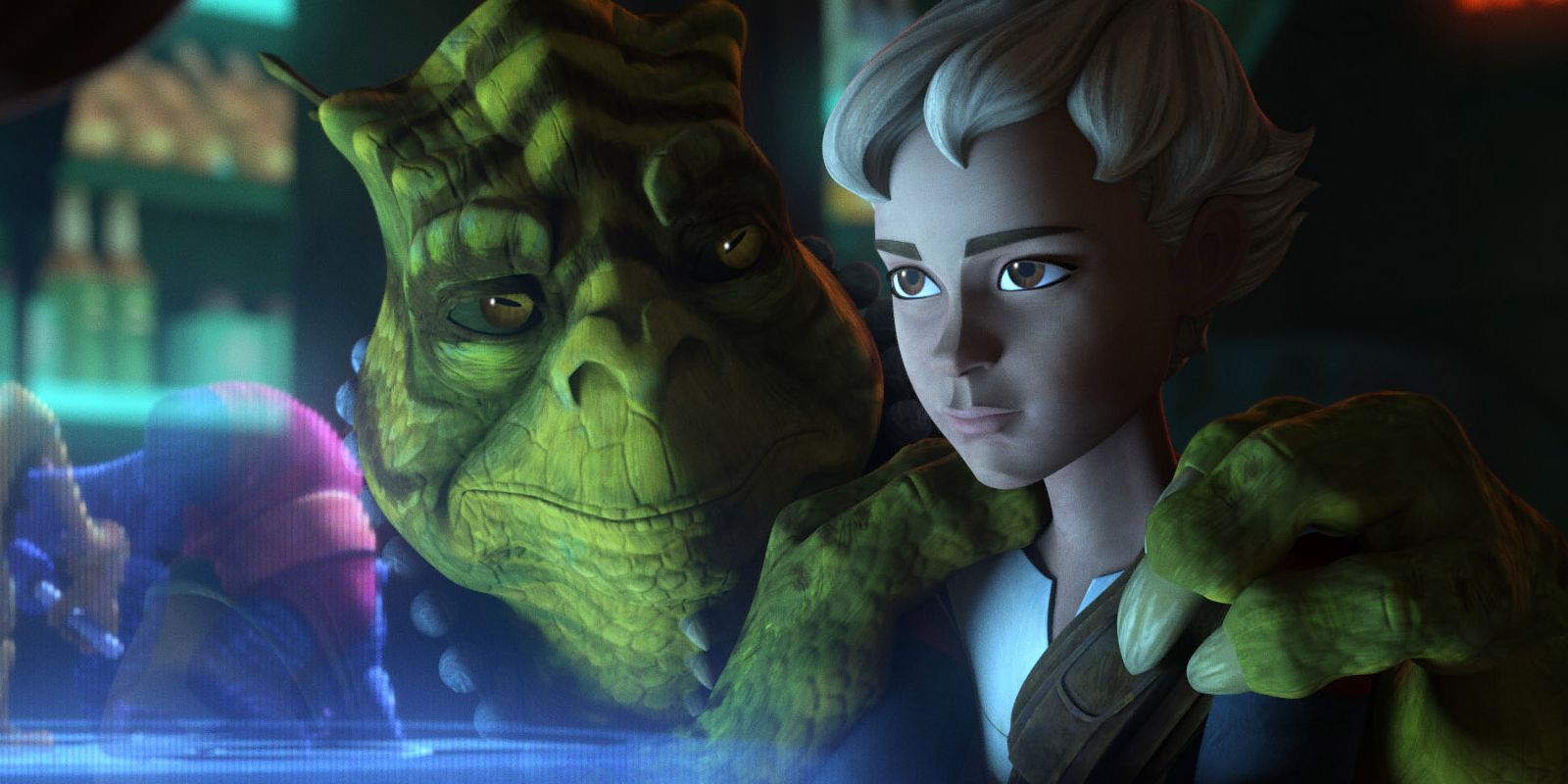
Tone – Is This a Kid’s Show?
One more element that must be discussed is the constant clash tone. One of the aspects about The Clone Wars was it’s body count. This was one of the few shows that didn’t hold back on killing its characters, not just background soldiers but characters we’ve followed for long time. In this show we did get some of that with some of the Kaminoans including Taun Way and Lama Su from the movies, but it all happened off screen. How many onscreen deaths of named protagonists do we have in this series? A series whose premise is defined by the execution of Order-66? None.
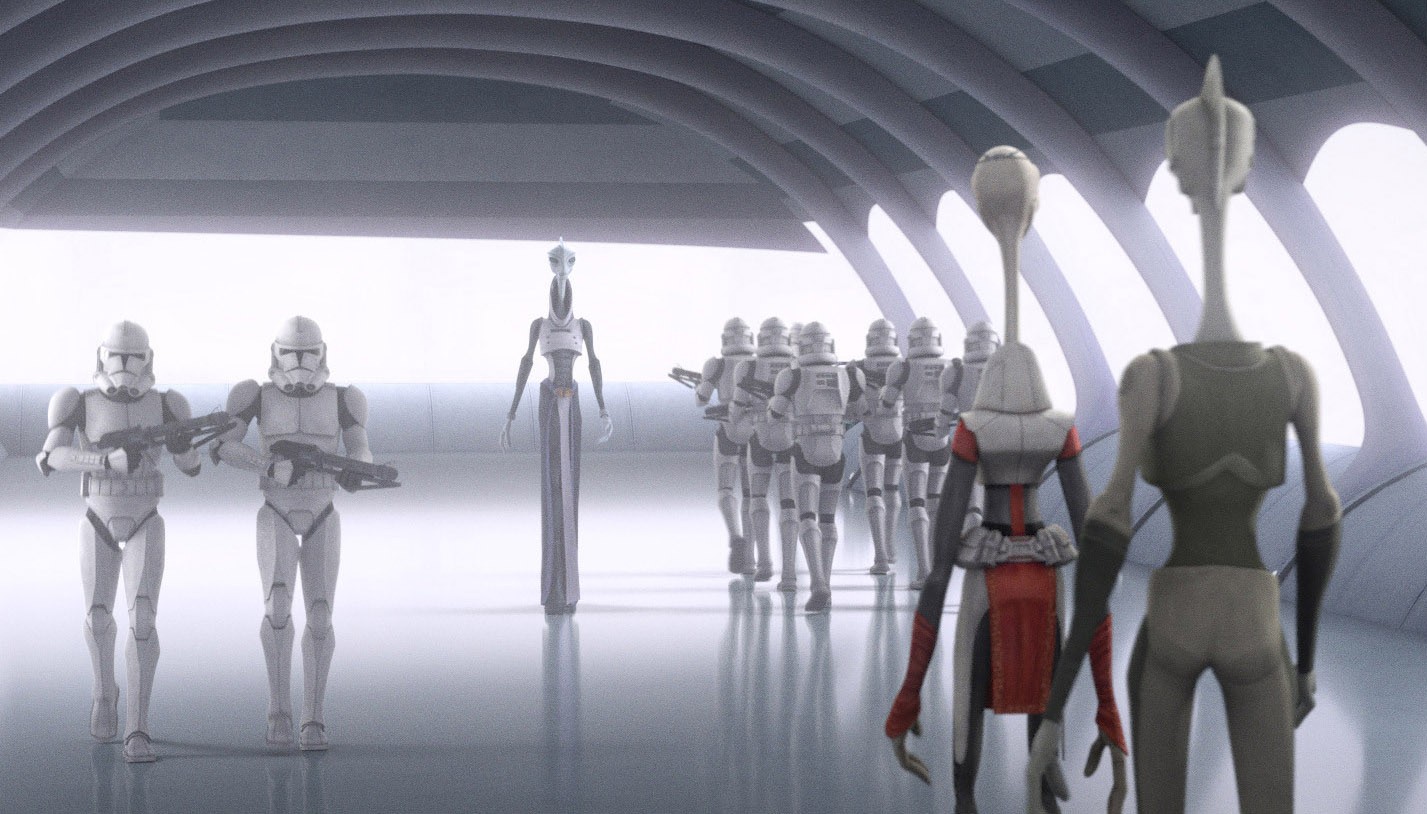
It’s not that the creators are incapable of showing death or atrocities onscreen – early in episode 3 Crosshair and his new commando squad sent to pursue Saw Guerrera. Instead, they found isolated refugees. Crosshair without hesitation executes all defenseless civilians.
In the season finale, the squad is put in a hairy situation as they attempt to reach the surface of Kamino in test tubes. The Droid, AZI, depletes the last of his power to guide them to the surface. It finally seemed like there was going to be a (somewhat) meaningful death scene, even going so far as to emulate Titanic’s cinematography.

It may be a droid but it was a droid character we’ve followed in the background throughout the series. What’s more this was a droid was clearly Omega’s longest friends during her life on Kamino, so his death would have given meaning for Omega’s character arc, learning to accept loss.
But NOPE. Crosshair, the man who coldly murdered an entire village, saves both the AZI and Omega with a gimmicky masterclass shot. If this show couldn’t give a god damned droid a meaningful death scene, then why should I care about any sticky situation in the show? Because of this I can’t get invested as all of our heroes are protected by plot armor, even the toasters.
Conclusion

For a first season, The Bad Batch has a halfway decent start. However there needs to be improvements with regards to it’s story. Filler episodes can exist but needs to provide value in the form of insight into our characters or the universe as a whole. We don’t need to have yet another pointless heist. Omega needs to grow up and follow the same path as Ahsoka, she can’t stay as a kid forever.
…AND ANOTHER THING!
In regards to that finale scene and the reveal of the cloning facilities Mt. Tantiss – Stop trying to justify the Emperor’s return!
It was a bad decision then and it’s a bad one now. Cloning force-sensitives was always the cringe-y portion of the Legacy universe, and it’s not going to stop presenting continuity issues anytime soon.
![Bad Batch – Season 1 [REVIEW]](https://crude-mirror.com/wp-content/uploads/2021/08/BB-1170x658.jpg)
